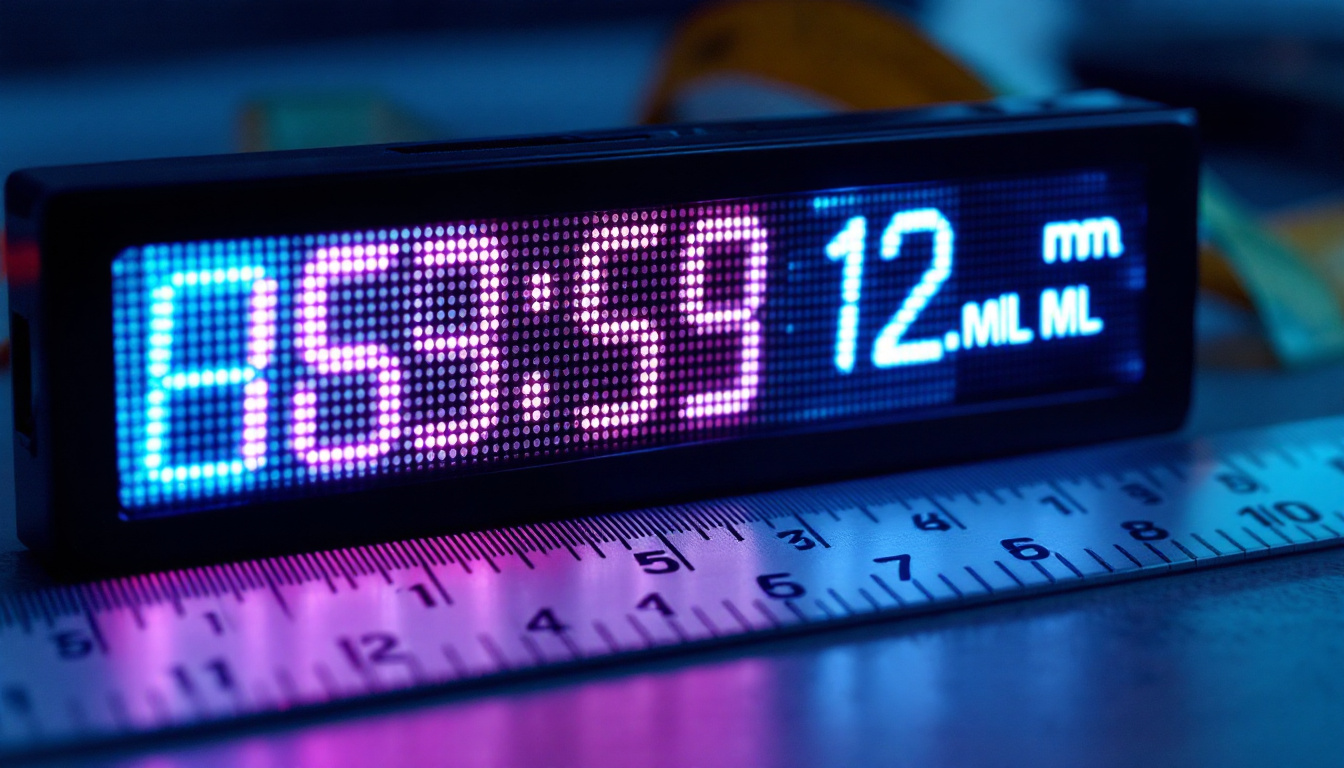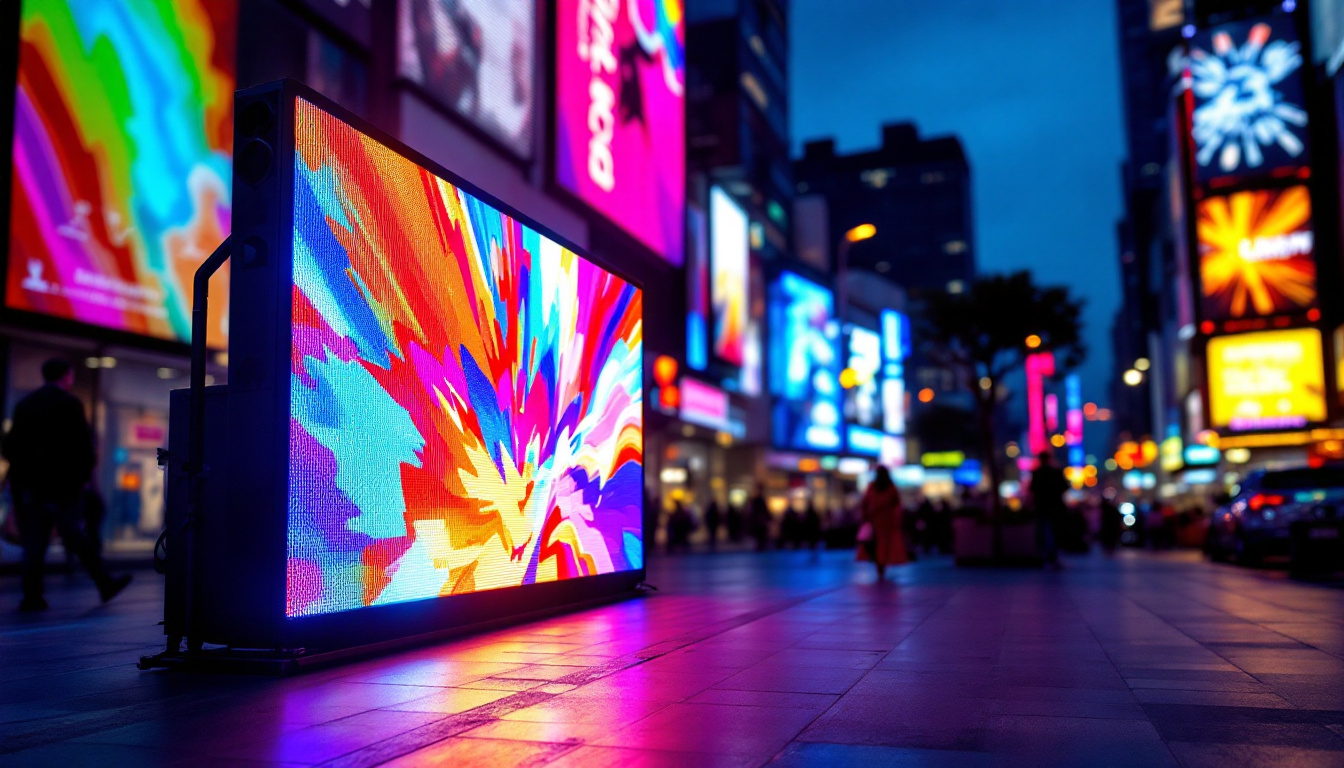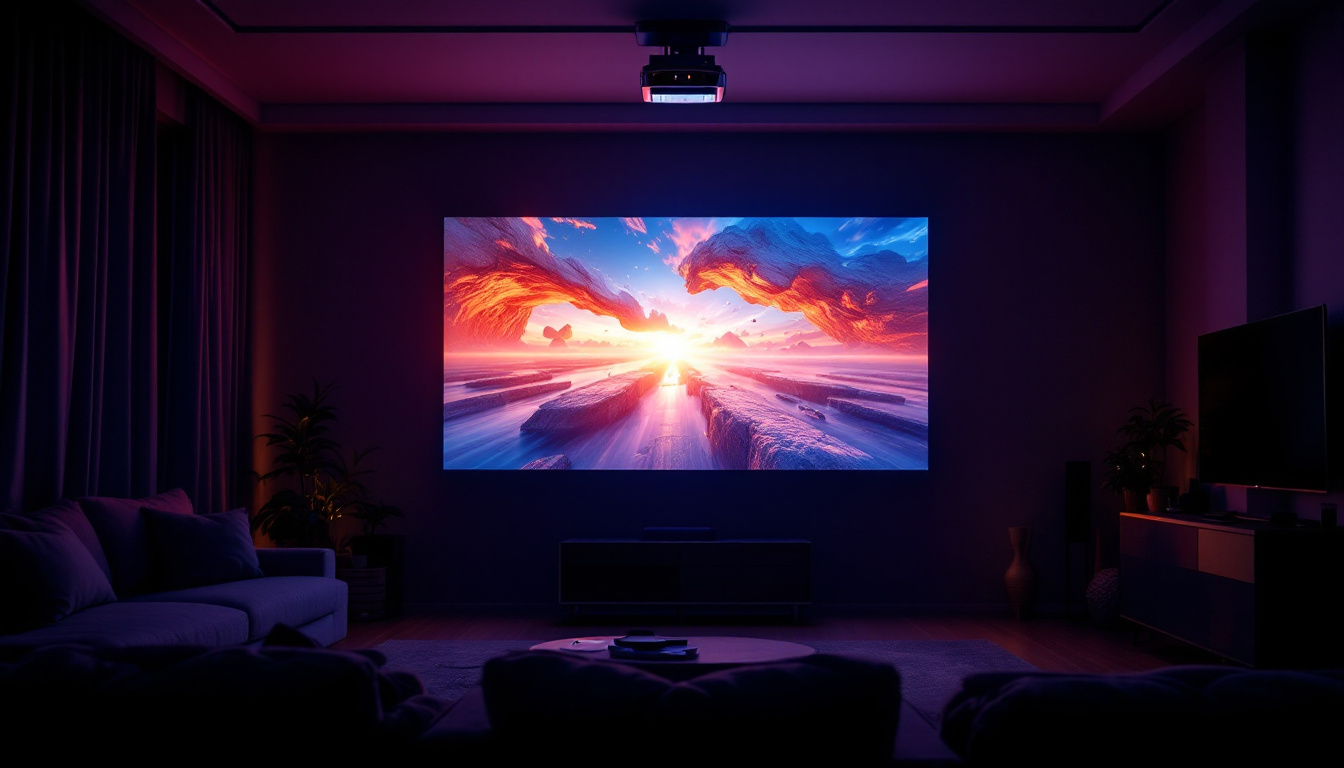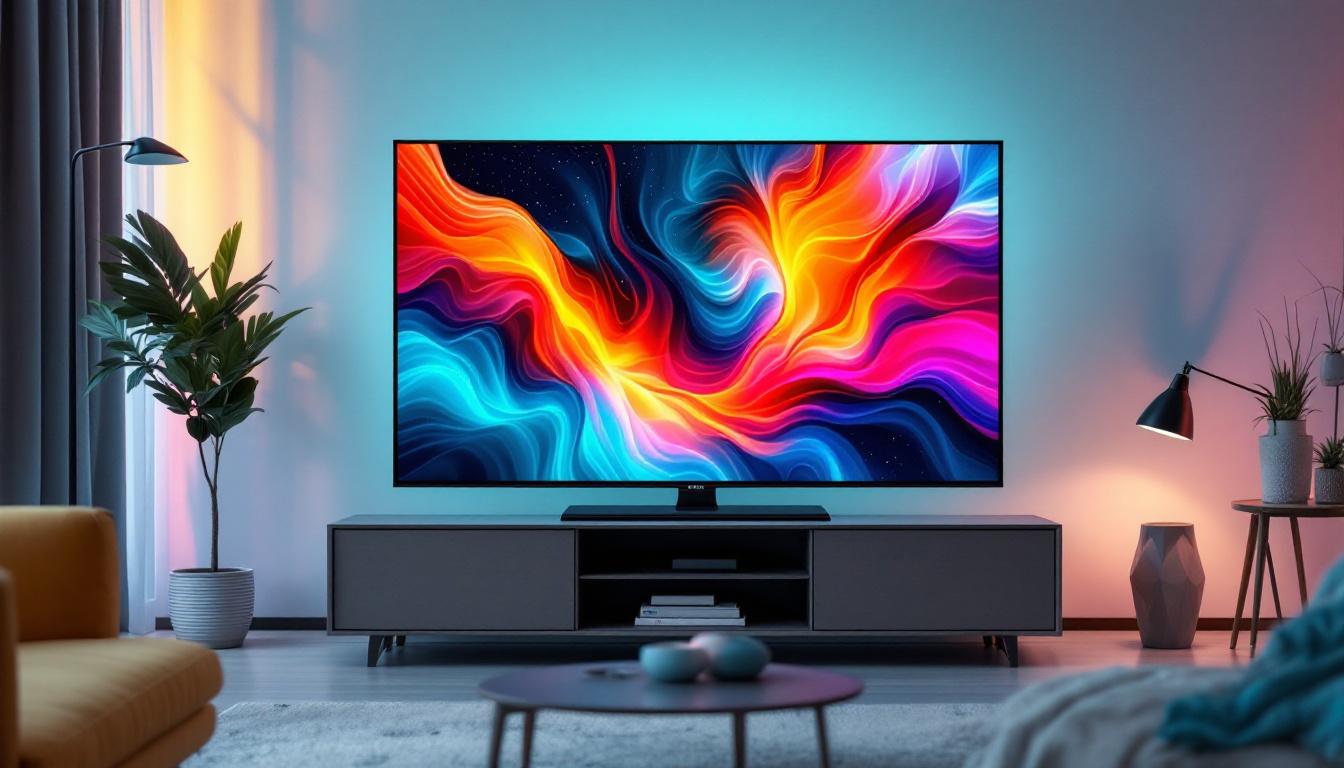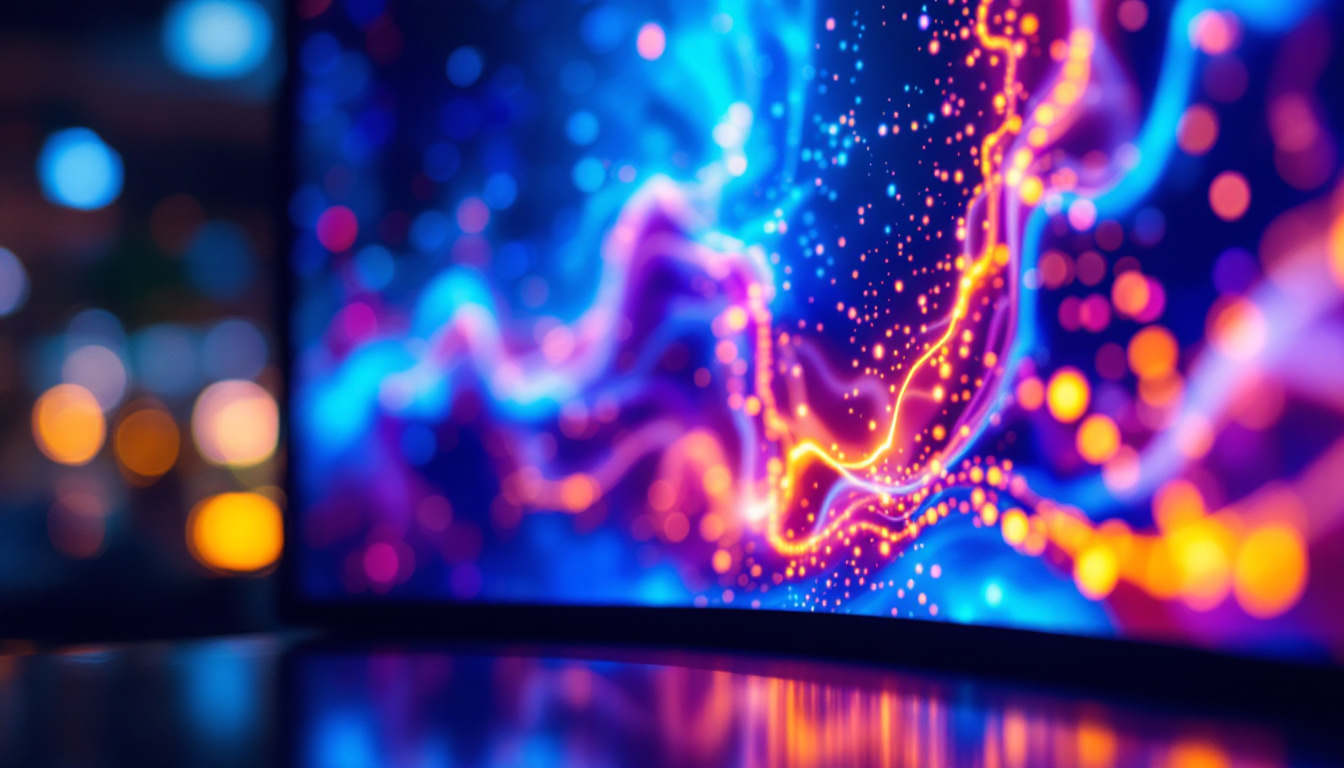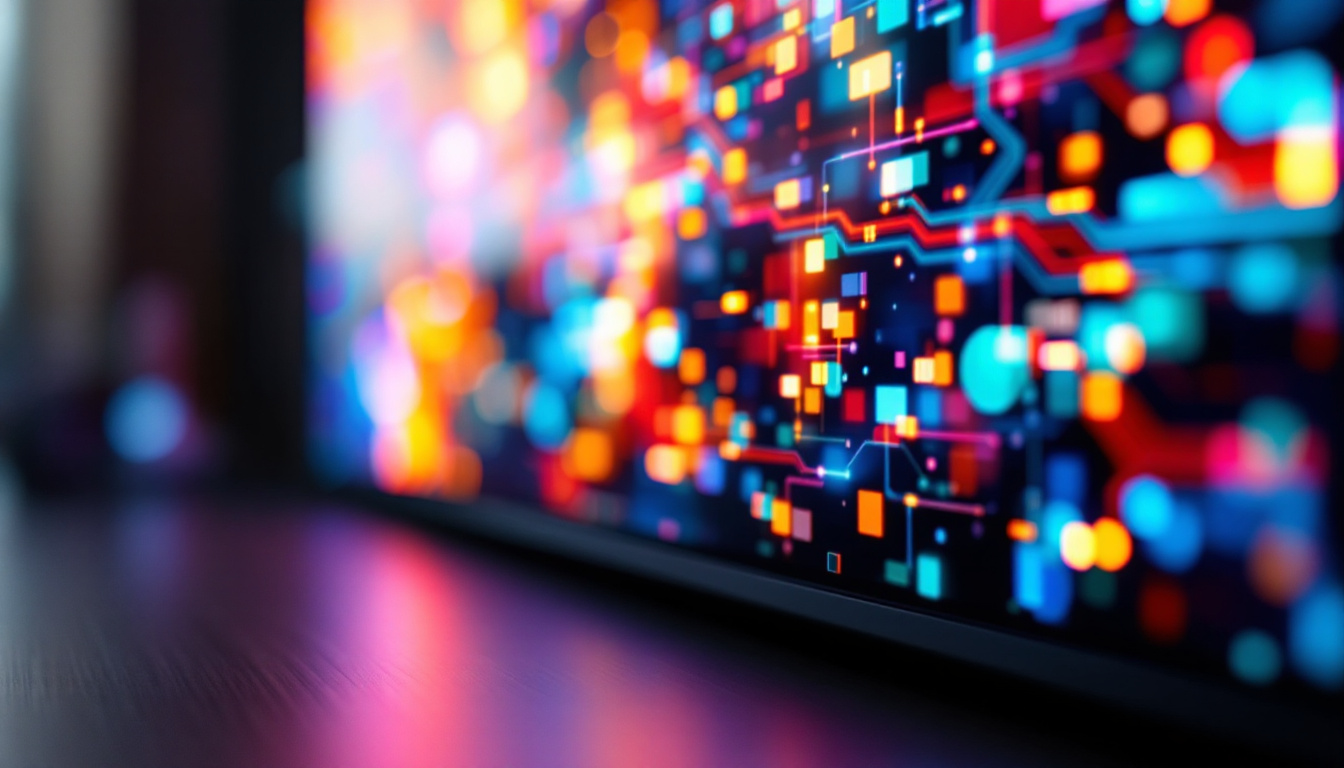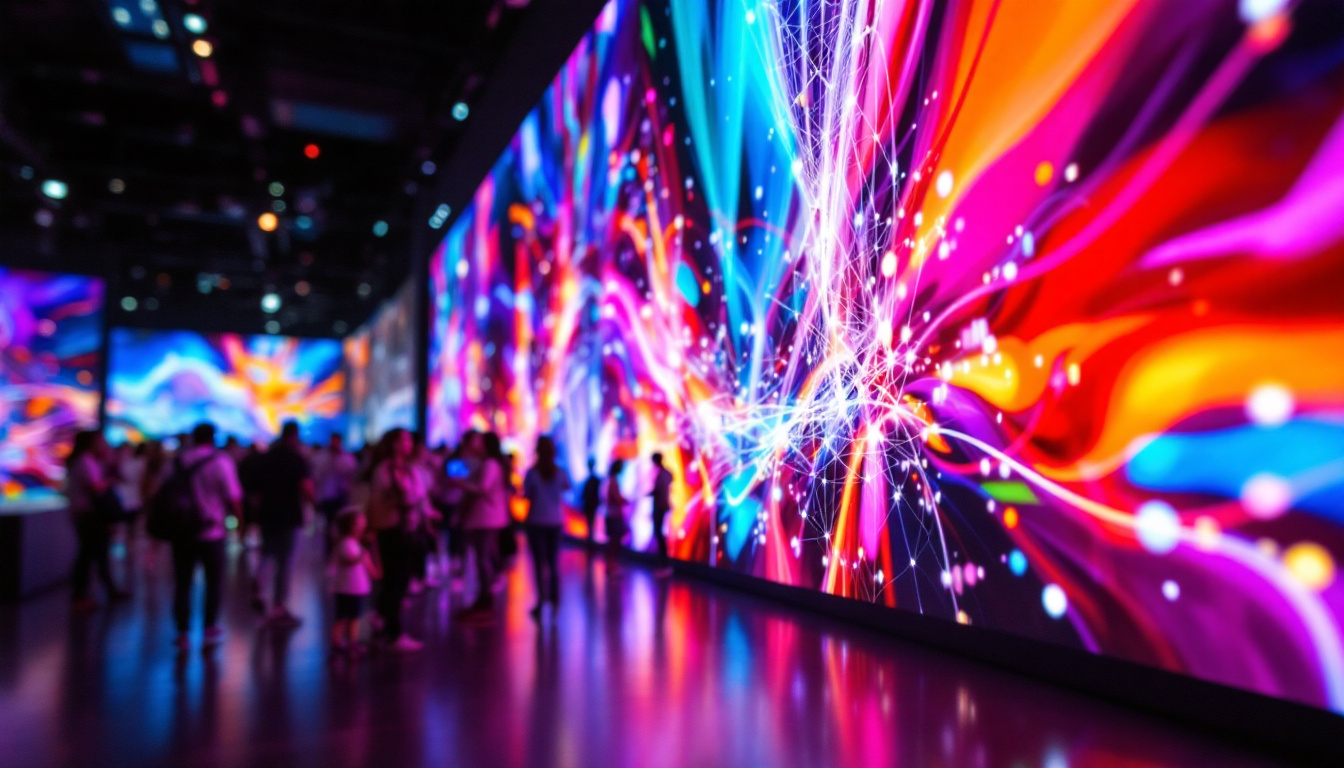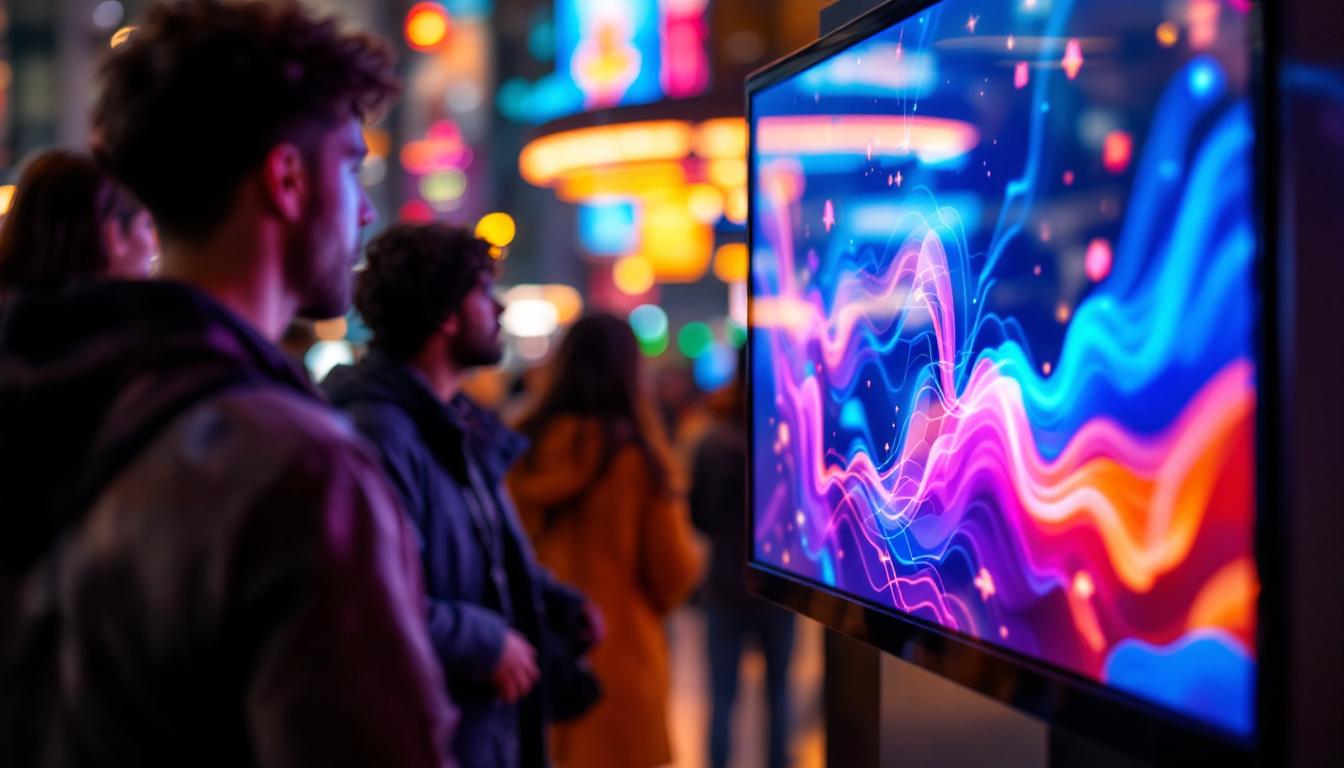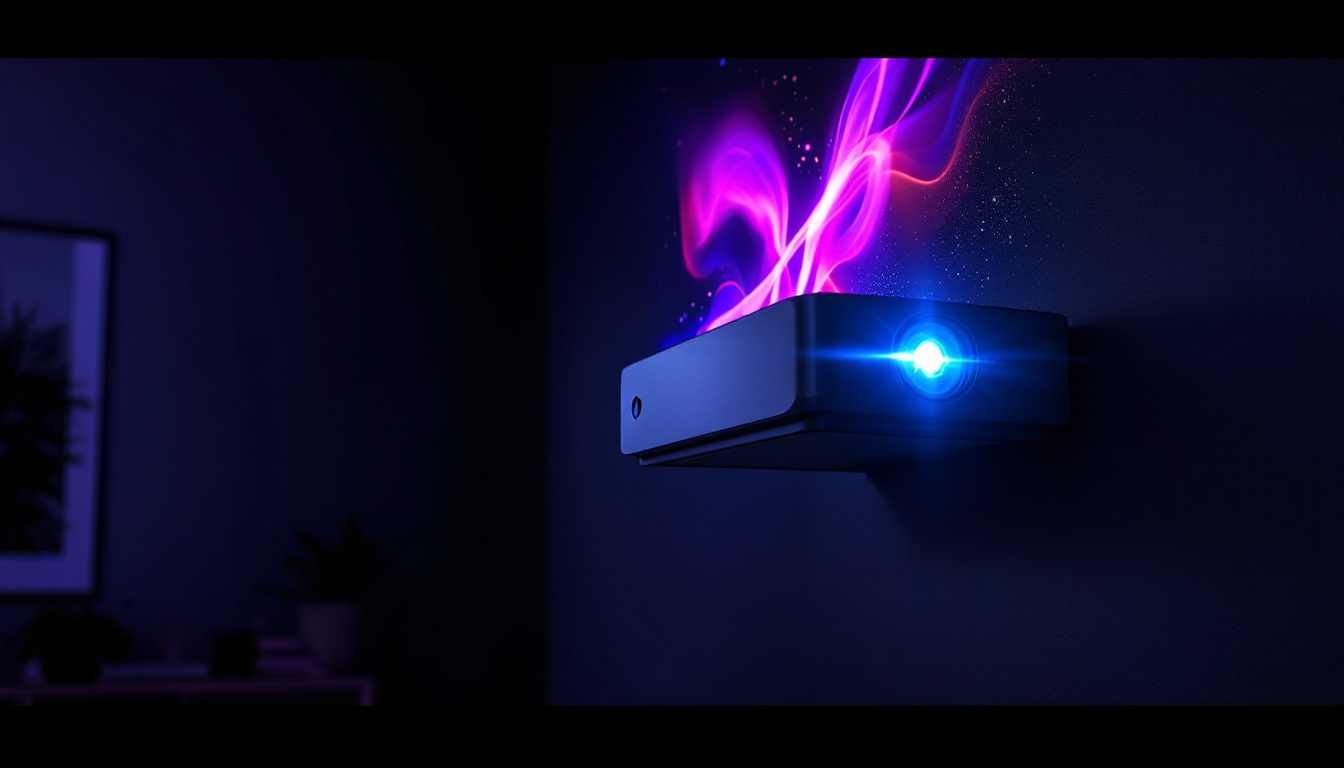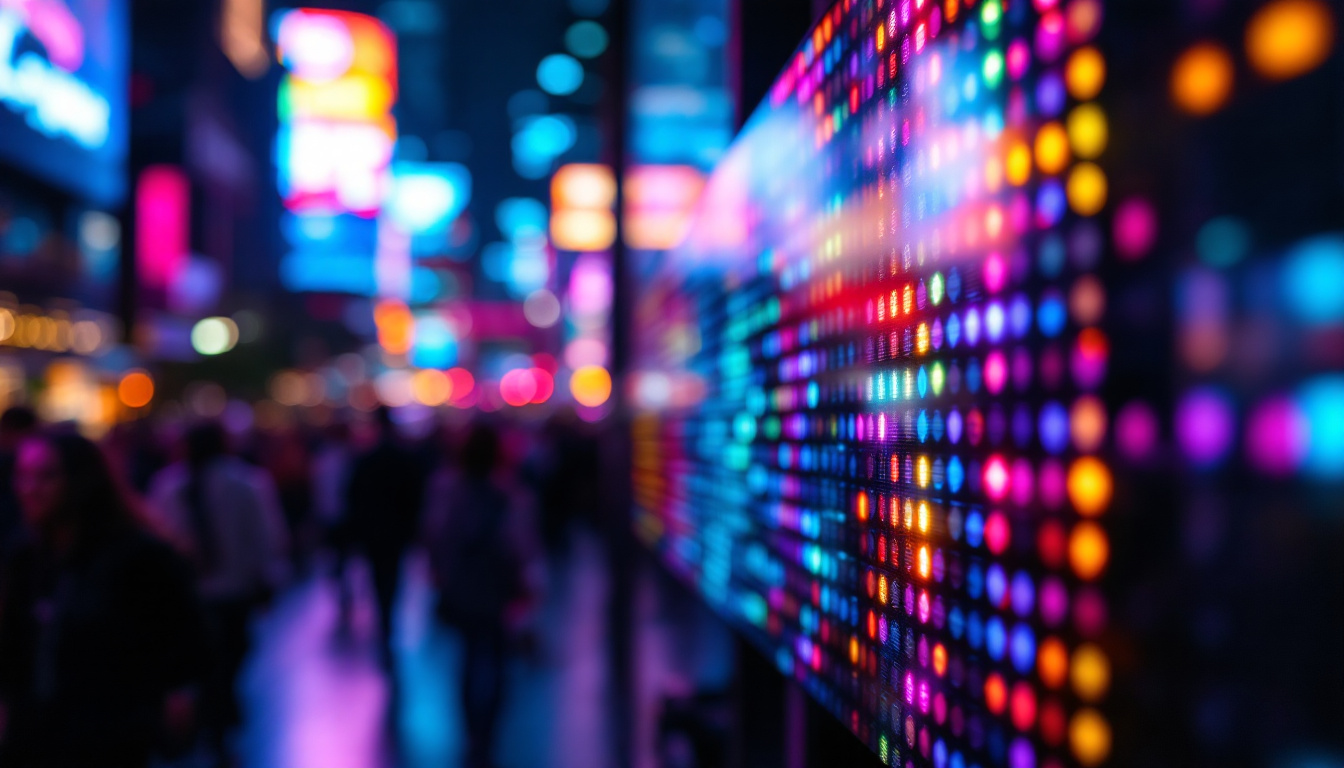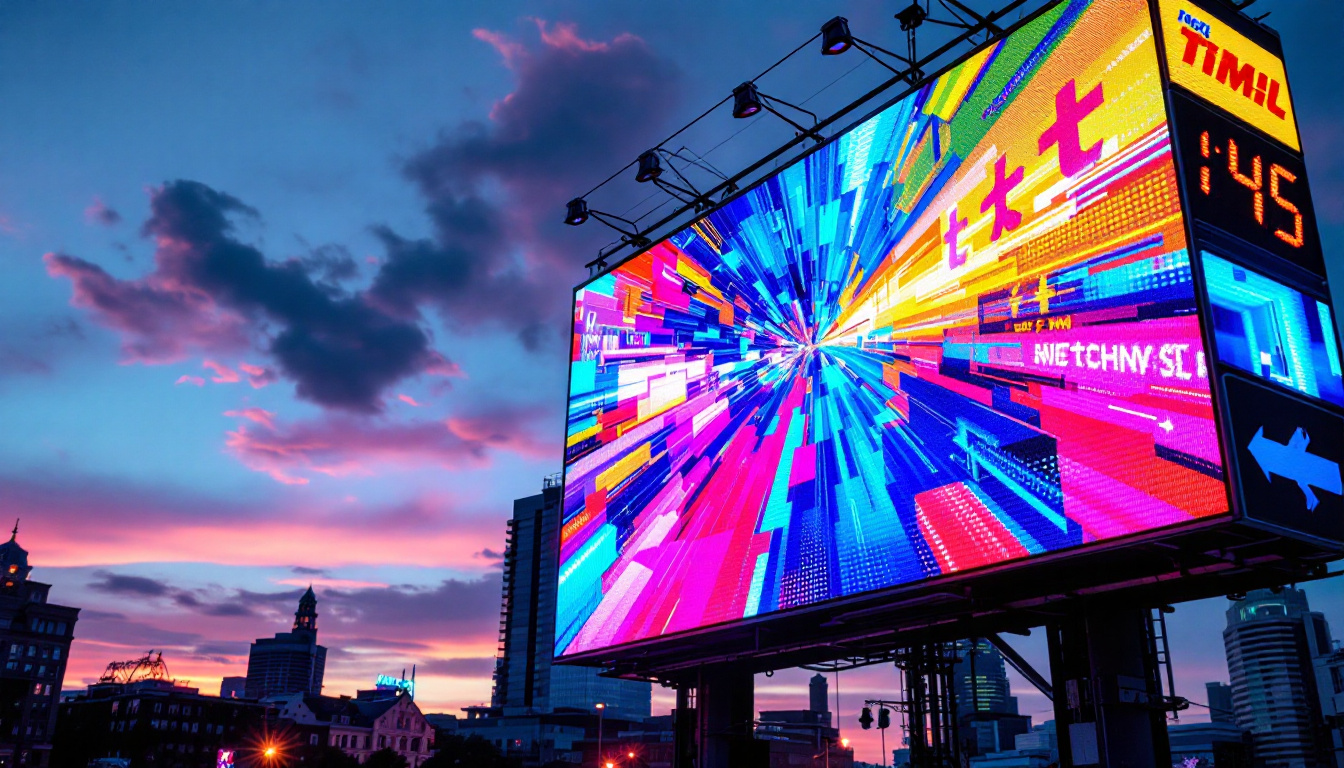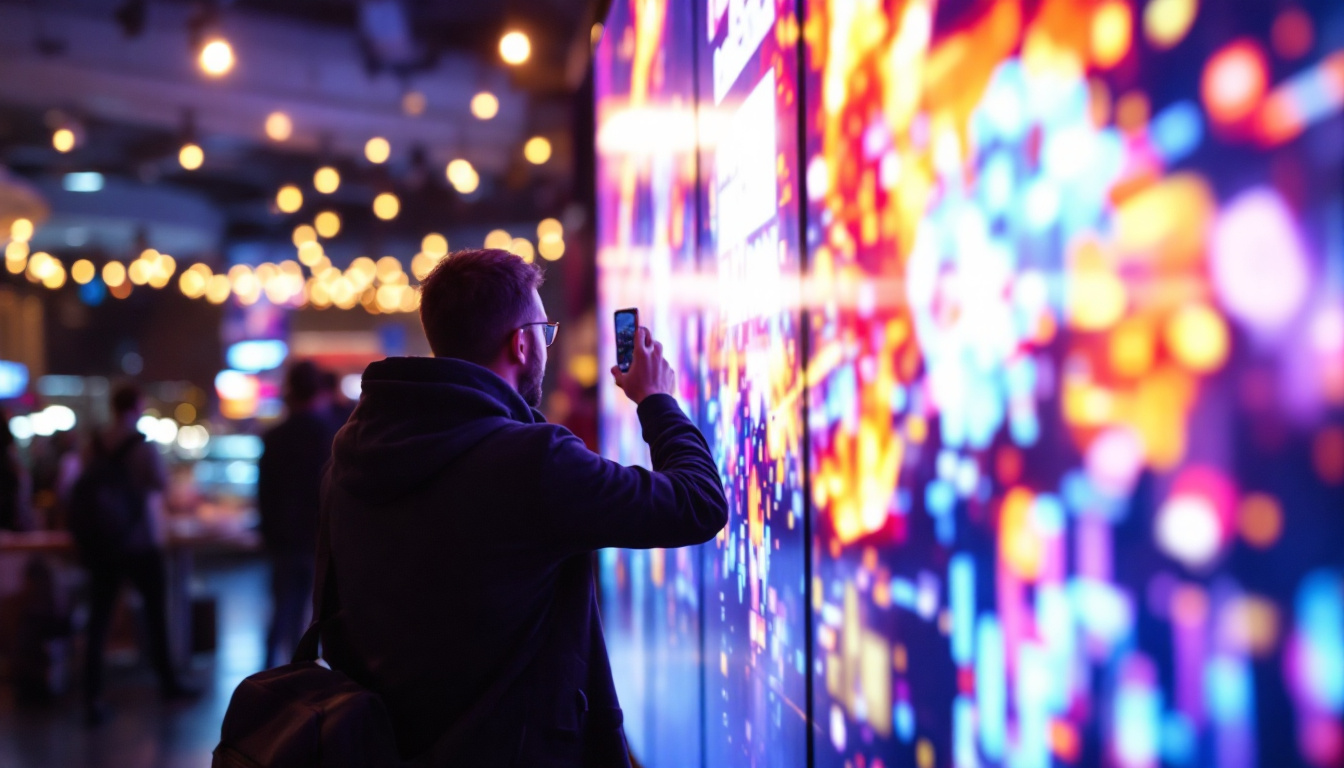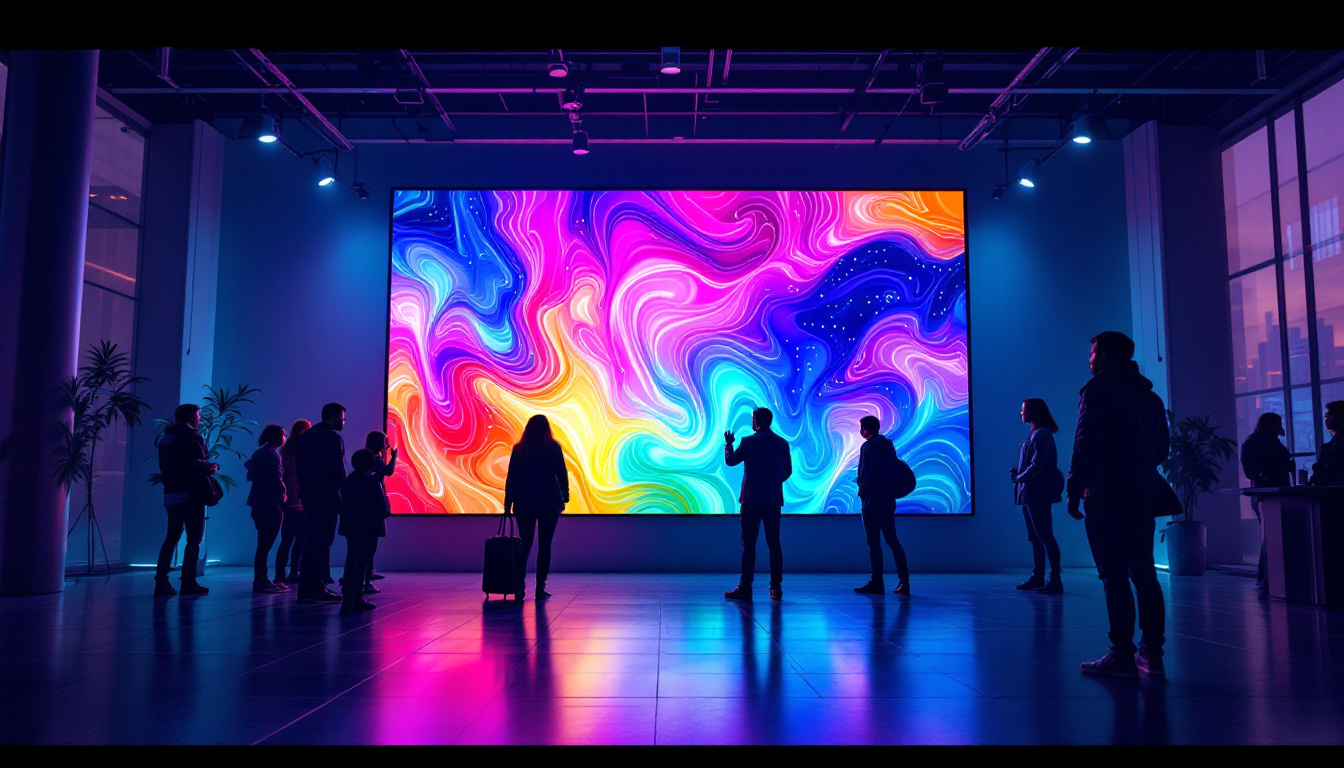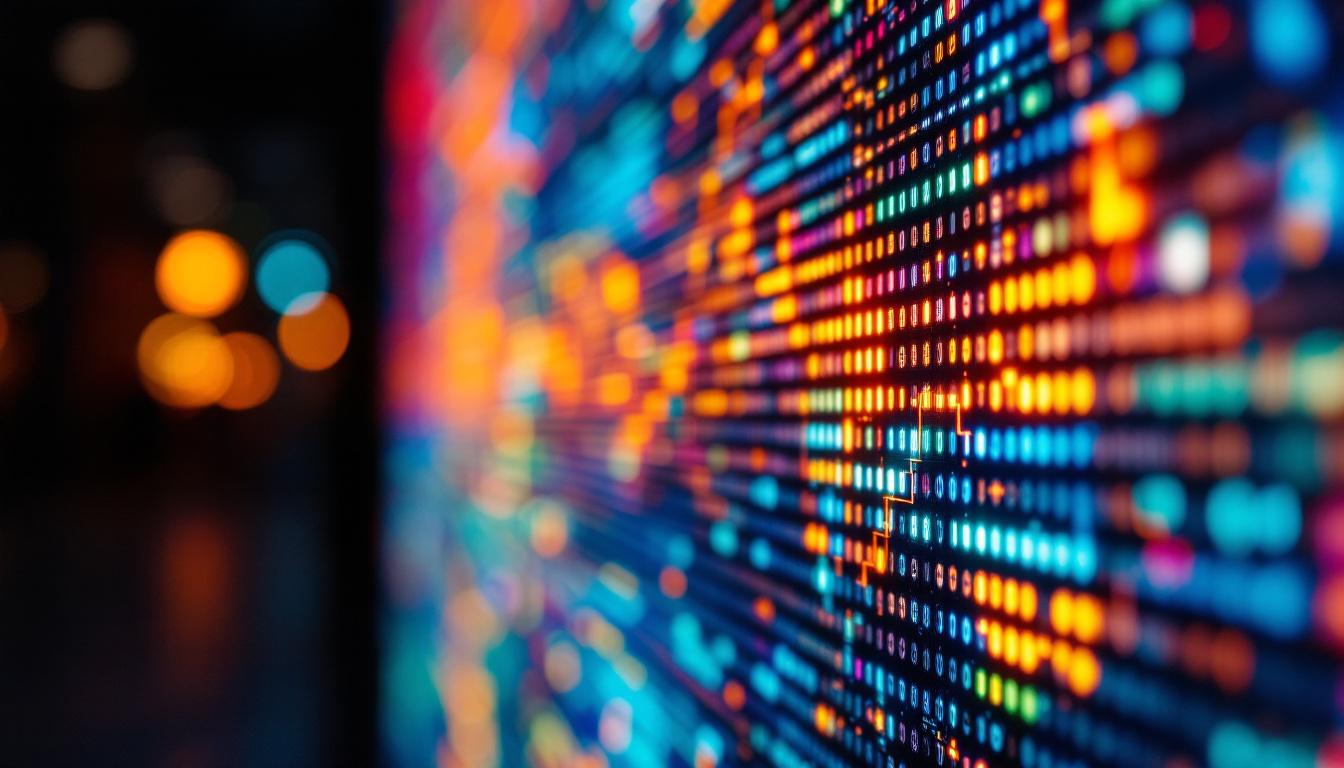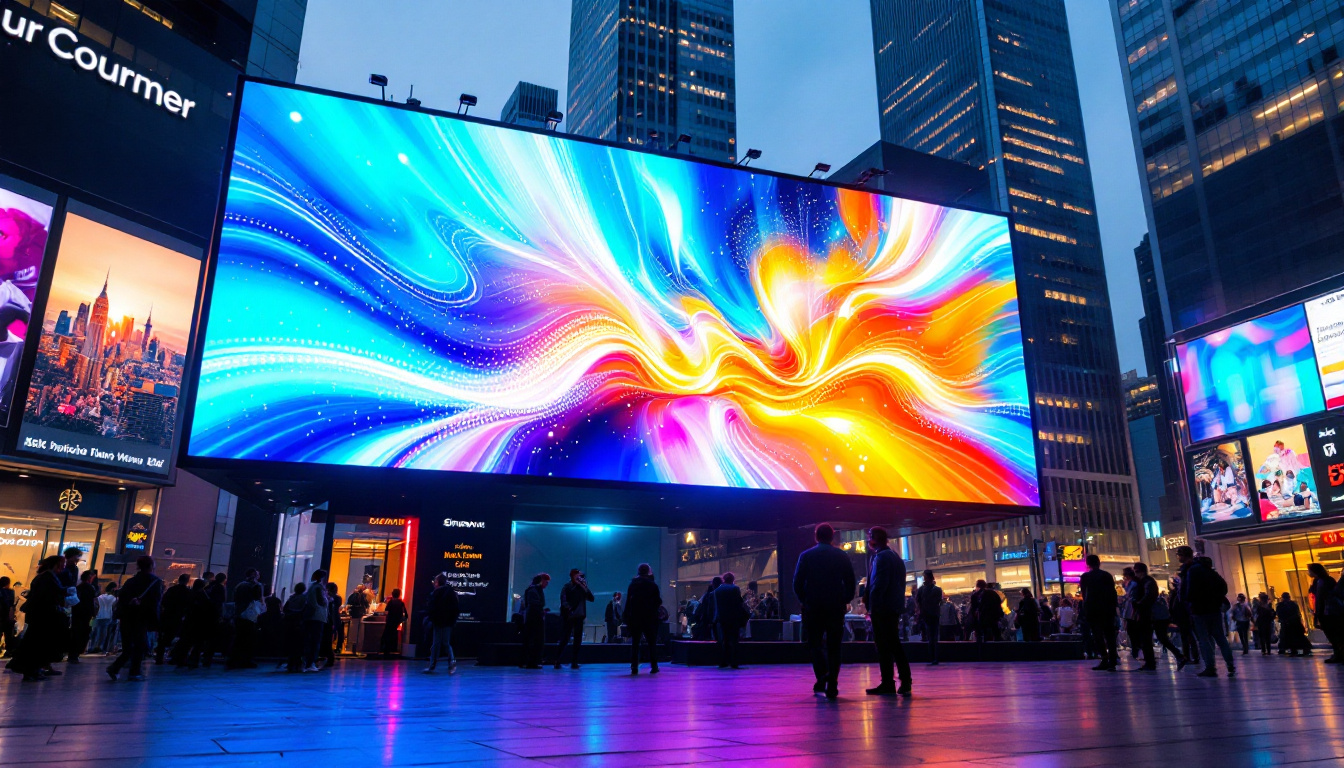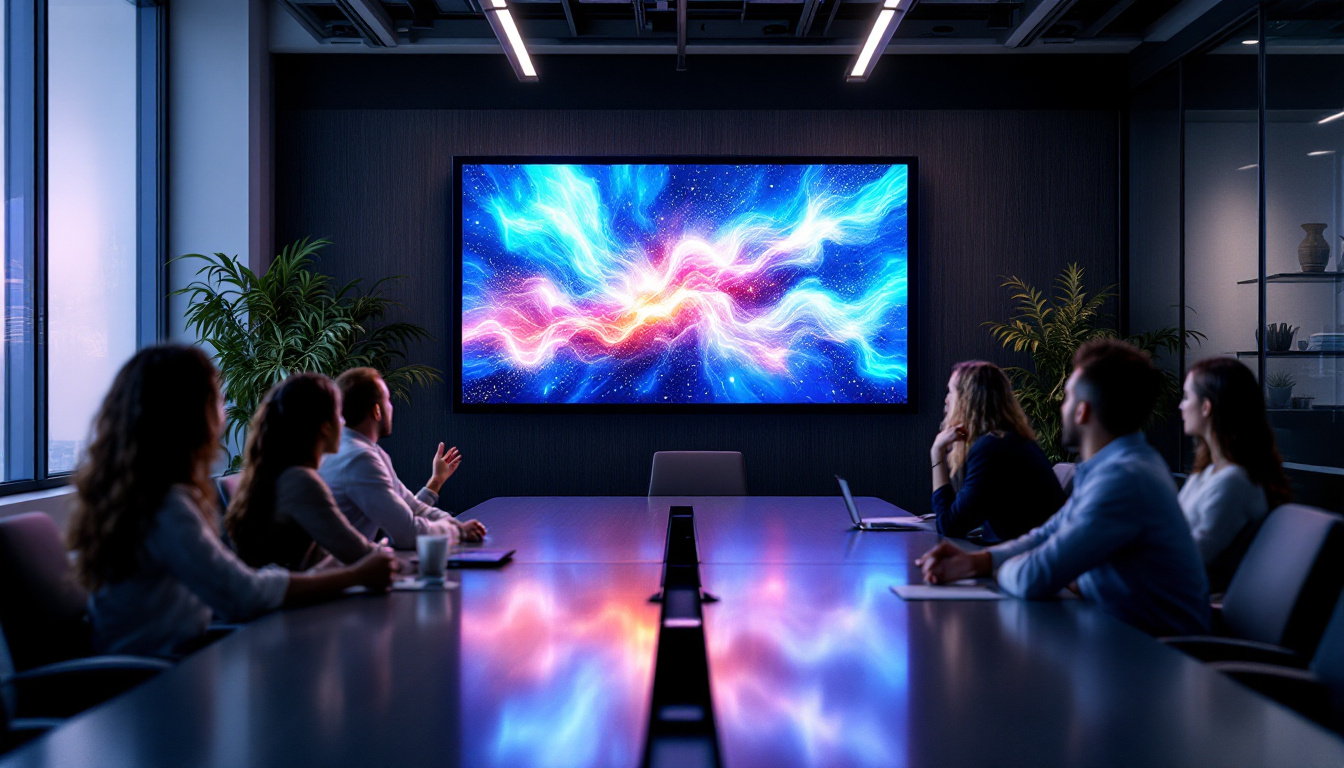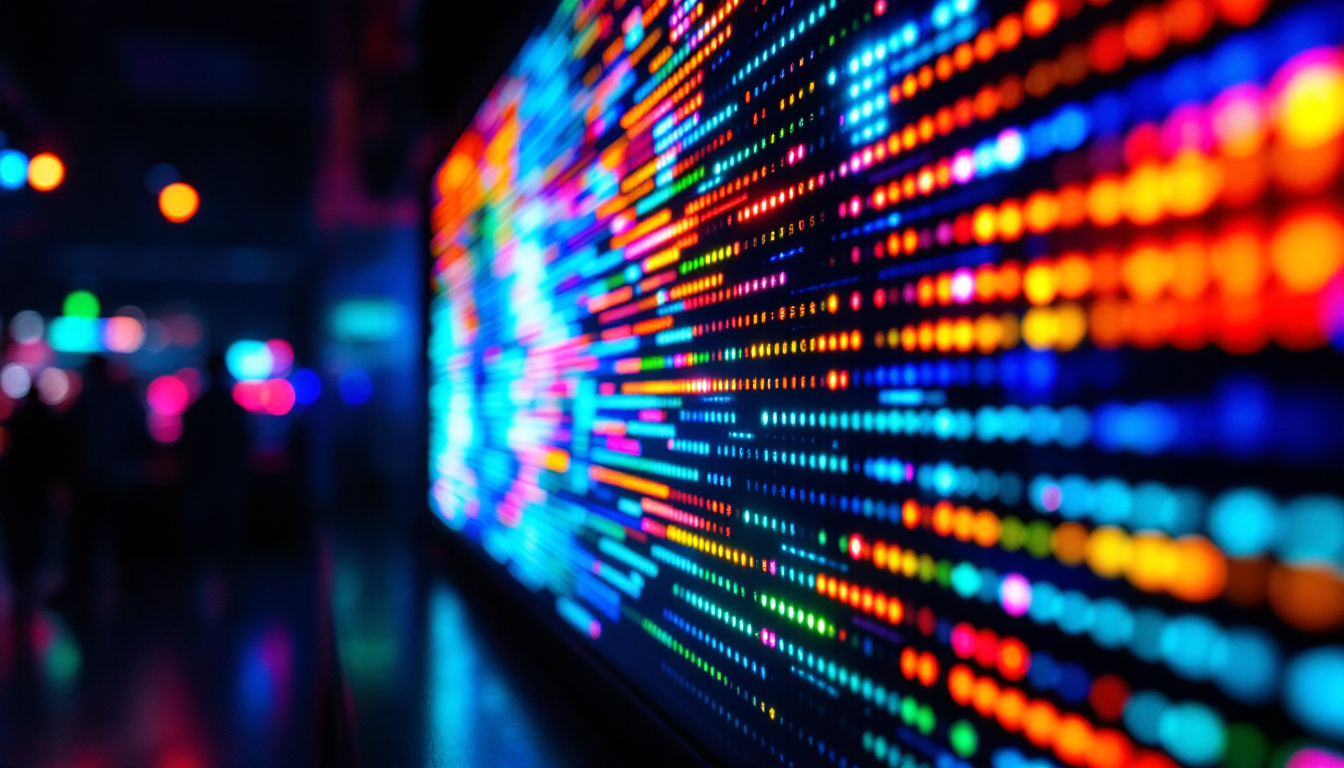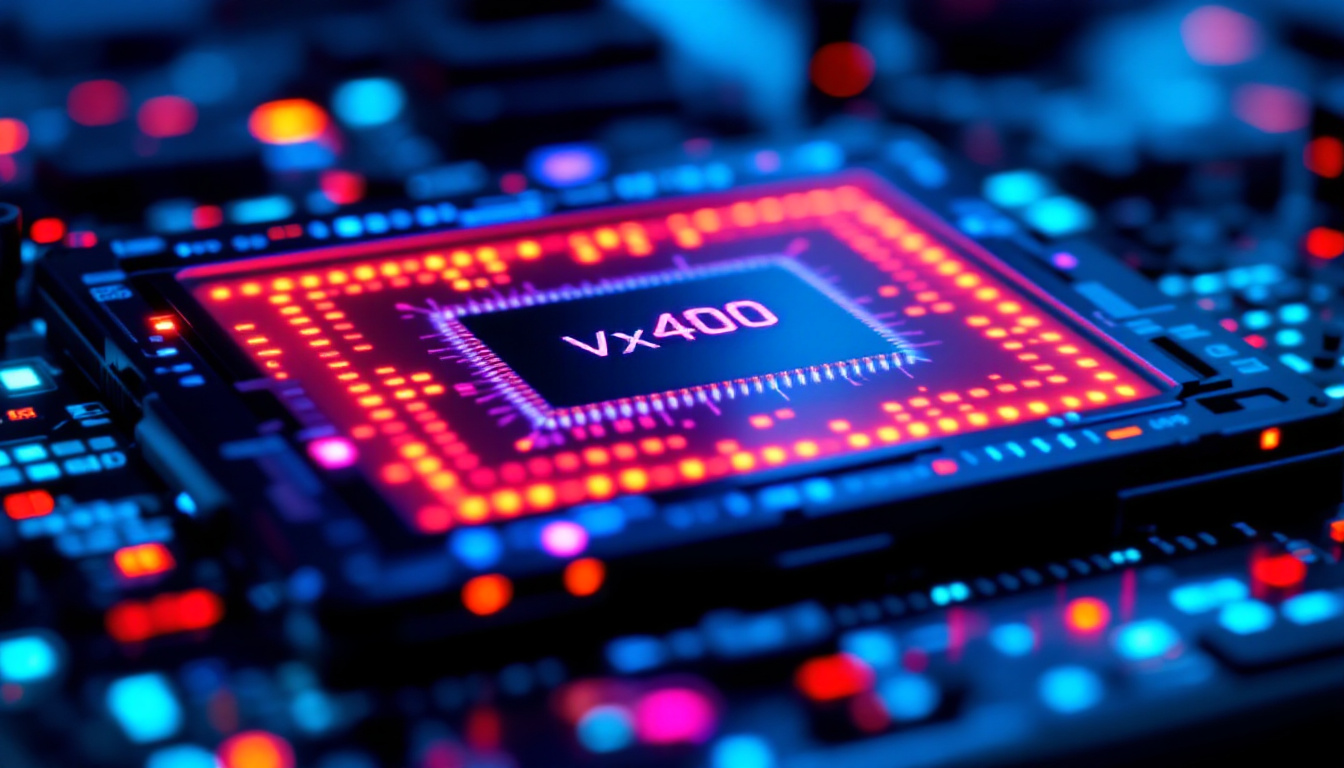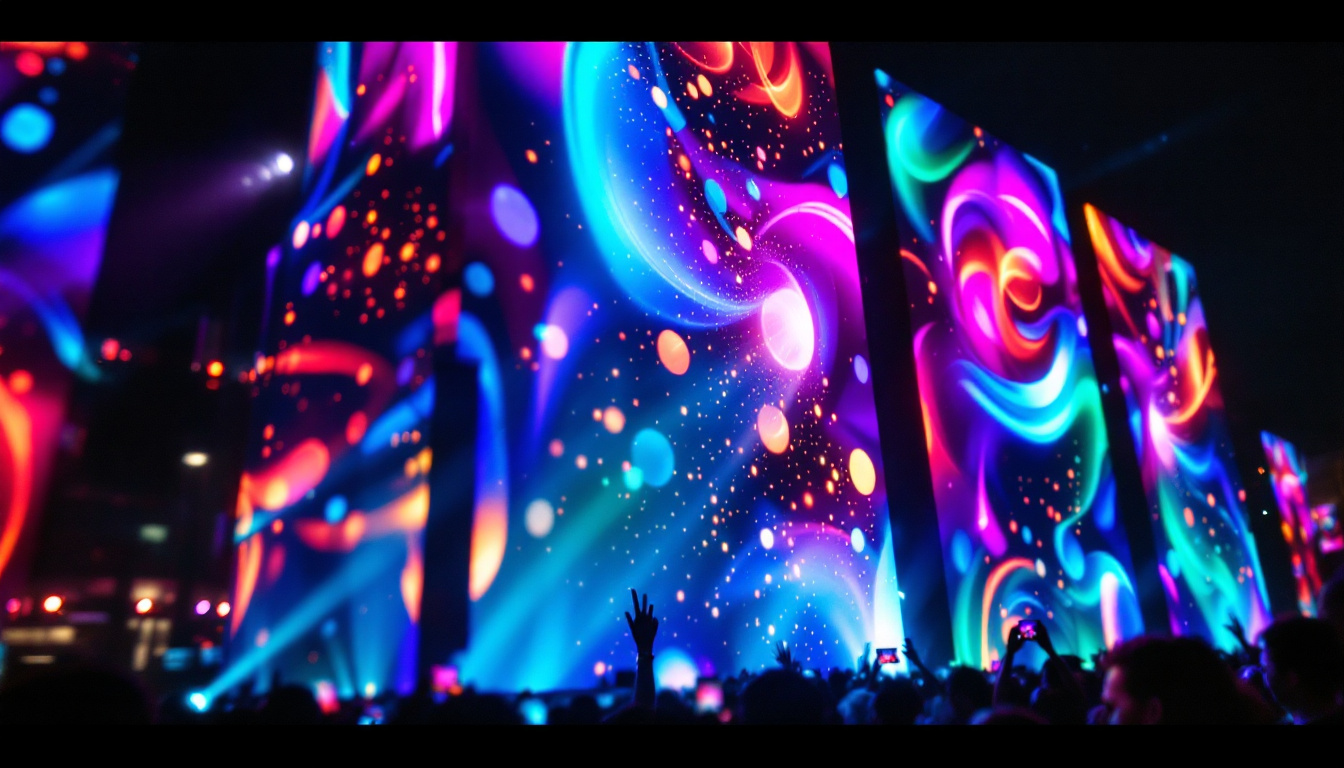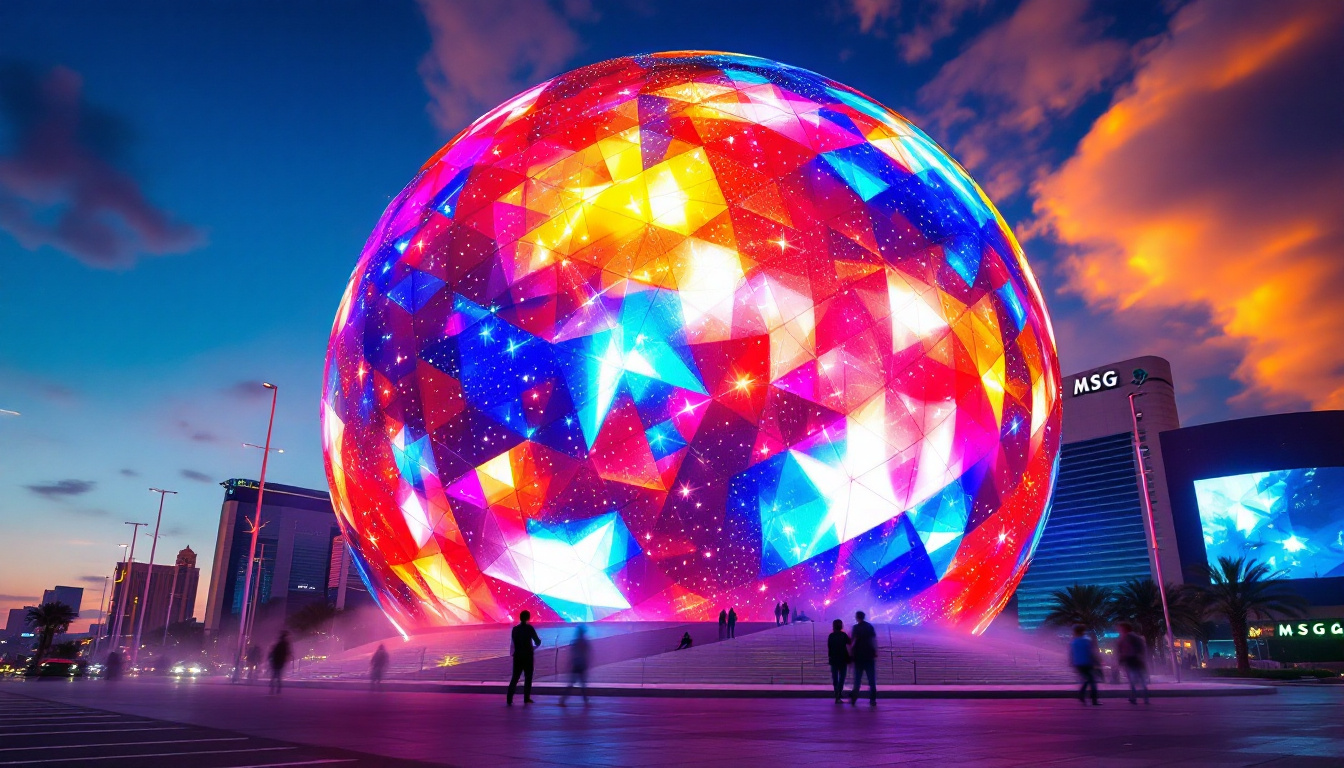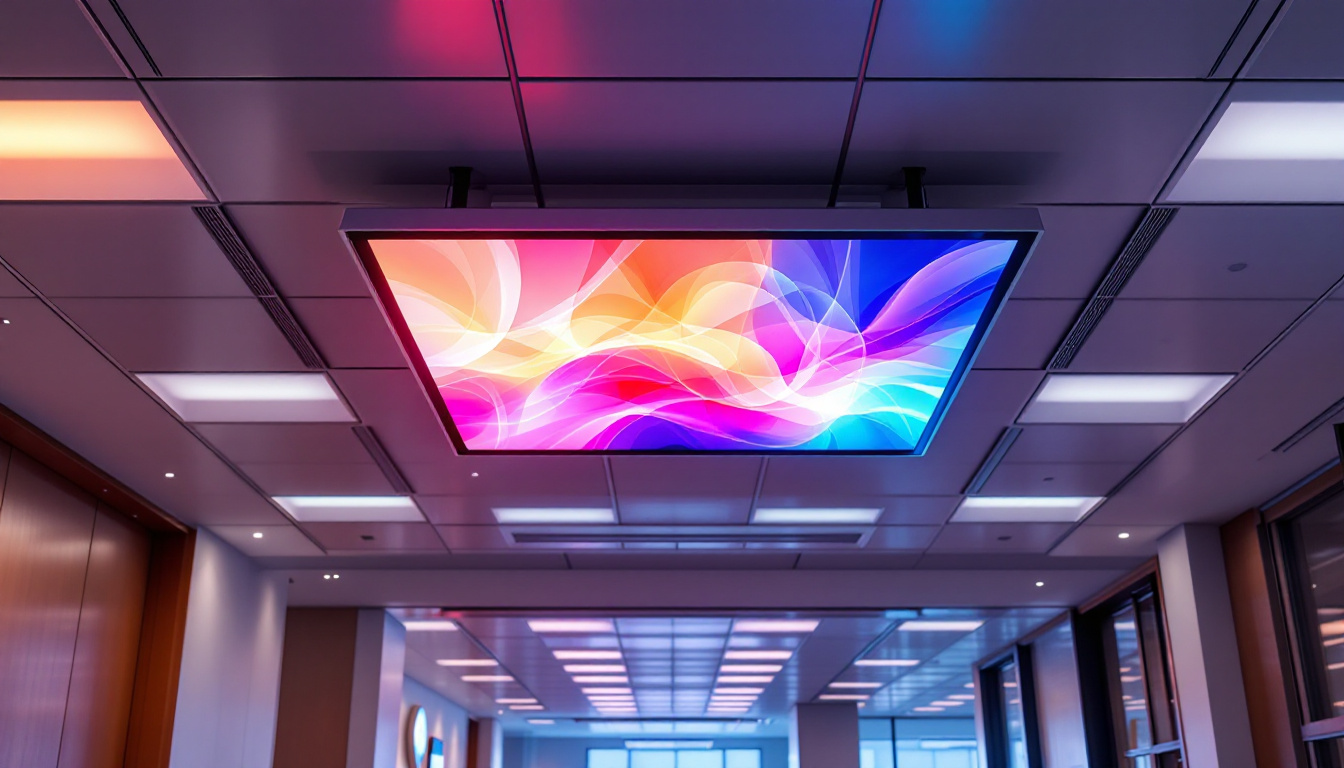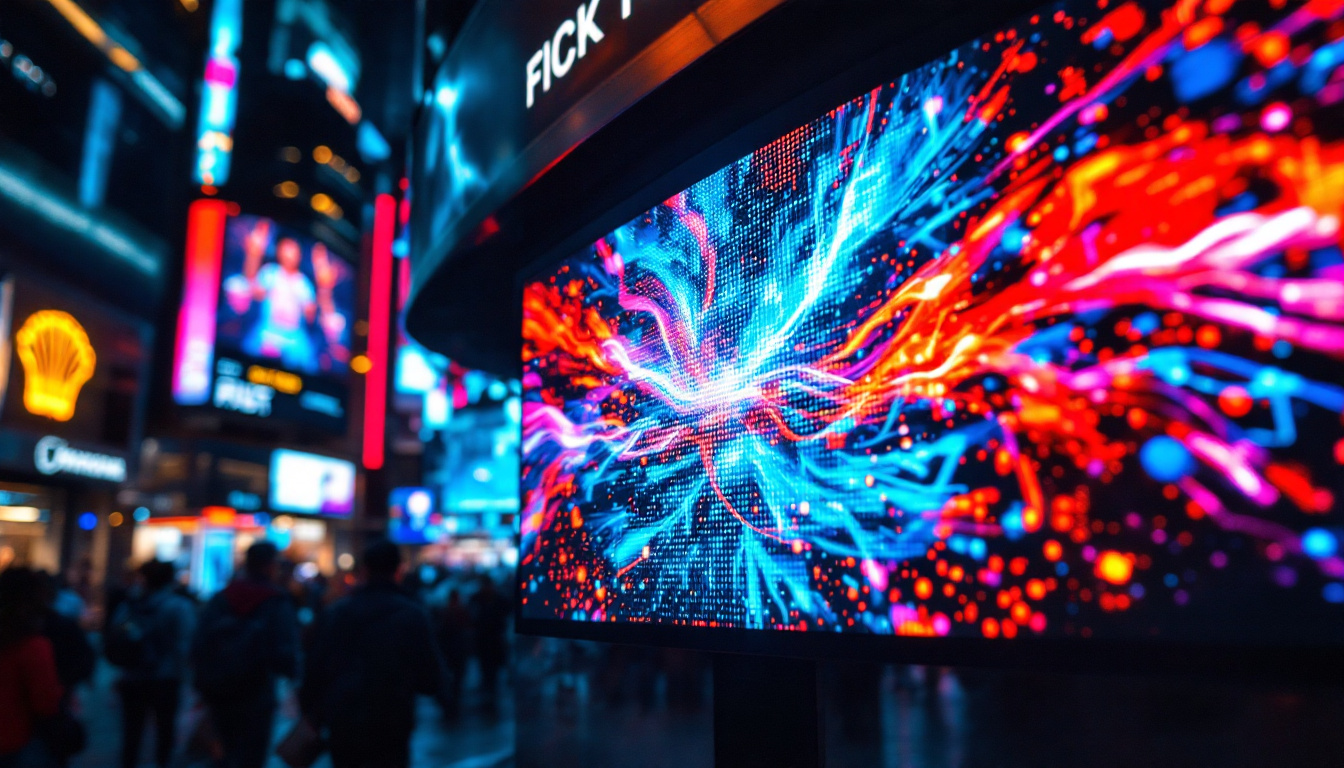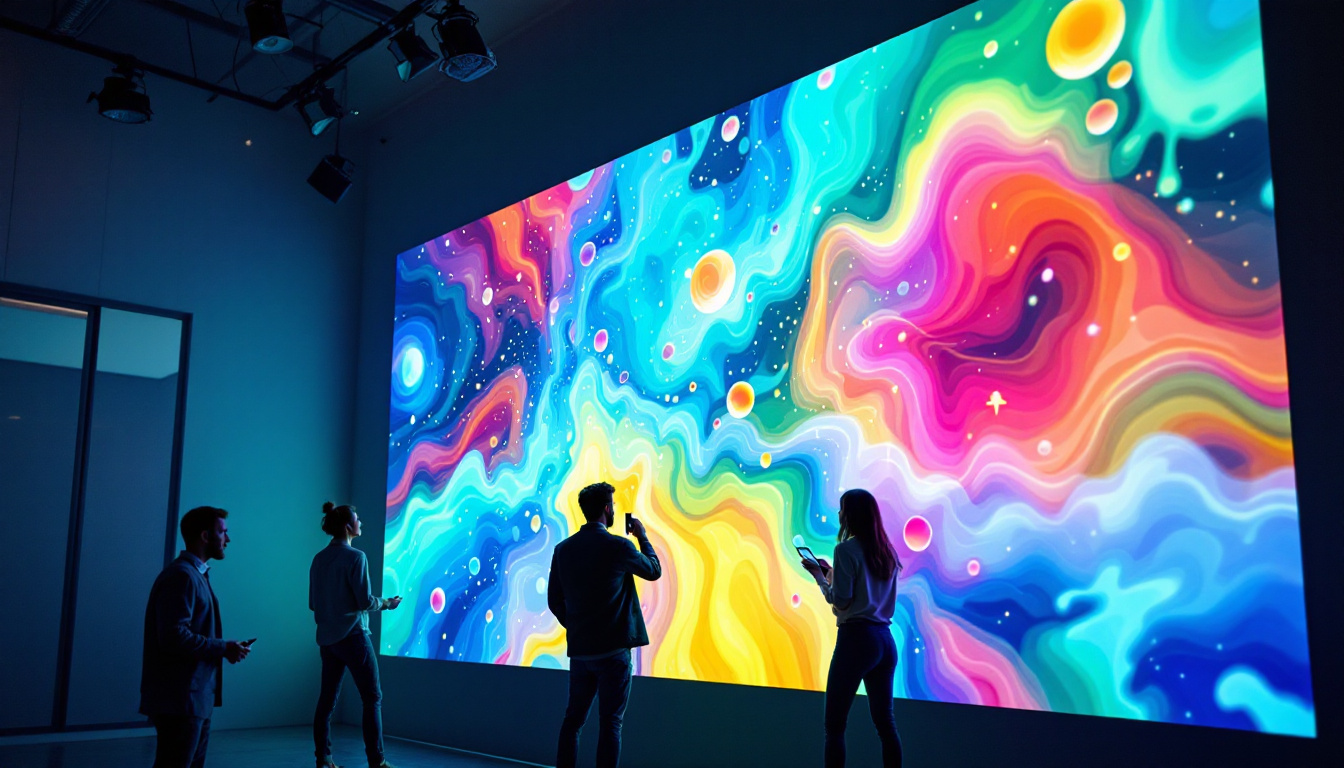In the world of technology, precision is key, especially when it comes to measurements. One common conversion that often arises is from inches to millimeters, particularly in the context of LED displays. Understanding this conversion is essential for various applications, from designing electronic devices to creating visual displays. This article will delve into the specifics of converting 1.2 inches to millimeters, while also exploring the significance of LED displays in today’s digital landscape.
Understanding the Conversion: Inches to Millimeters
Before diving into the specifics of LED displays, it’s crucial to grasp how to convert inches to millimeters. The conversion factor is straightforward: one inch is equivalent to 25.4 millimeters. Therefore, to convert 1.2 inches to millimeters, one would multiply 1.2 by 25.4.
The Calculation
To perform the conversion, the calculation is as follows:
1.2 inches × 25.4 mm/inch = 30.48 mmThus, 1.2 inches is equal to 30.48 millimeters. This precision is vital in many industries, especially in electronics and manufacturing, where even the smallest measurement can impact the overall design and functionality of a product.
Importance of Accurate Measurements
Accurate measurements are critical in various fields. In electronics, for example, components must fit precisely within designated spaces to function correctly. A slight error in measurement can lead to malfunctions or the need for costly adjustments. Therefore, understanding how to convert measurements accurately is not just a matter of convenience but a necessity.
Moreover, in the realm of engineering and architecture, the implications of precise measurements extend beyond mere functionality; they can affect safety and durability. For instance, when designing a bridge or a building, engineers must ensure that every component meets strict specifications to withstand environmental stresses and loads. Inaccurate conversions can lead to structural failures, which can have catastrophic consequences. This highlights the importance of not only knowing how to convert measurements but also applying that knowledge rigorously throughout the design and construction process.
In addition to engineering, the world of fashion design also relies heavily on accurate measurements. Designers must convert measurements to ensure that garments fit perfectly on the body. A miscalculation can lead to ill-fitting clothing, which not only affects the aesthetic appeal but also the comfort of the wearer. Thus, the ability to convert inches to millimeters becomes essential in creating well-tailored clothing that meets the expectations of consumers. This attention to detail is what sets apart high-quality fashion from the rest, emphasizing the significance of precision across diverse fields.
The Role of LED Displays
LED displays have revolutionized the way information is presented in both consumer and professional settings. From smartphones to large-scale advertising screens, LED technology has become ubiquitous. Understanding the characteristics of these displays can help in making informed decisions regarding their use. As the demand for visually engaging content continues to rise, LED displays are increasingly being integrated into various sectors, including retail, entertainment, and transportation, enhancing the overall user experience.
What is an LED Display?
An LED (Light Emitting Diode) display is a flat panel display that uses LEDs as its light source. These displays are known for their brightness, energy efficiency, and long lifespan compared to traditional display technologies. They can be found in a variety of applications, from small screens in handheld devices to massive billboards in urban environments. The versatility of LED displays allows them to be customized in size, shape, and resolution, making them suitable for everything from intricate digital art installations to high-definition video walls in corporate settings.
Advantages of LED Displays
LED displays offer numerous advantages that make them a preferred choice for many applications:
- Energy Efficiency: LED displays consume significantly less power than traditional displays, making them more environmentally friendly.
- Brightness: They provide superior brightness and visibility, even in direct sunlight, which is essential for outdoor advertising.
- Longevity: LED technology has a longer lifespan, reducing the need for frequent replacements and maintenance.
In addition to these benefits, LED displays also support a wide range of color gamuts, allowing for vibrant and dynamic visuals that capture attention effectively. This capability is particularly advantageous in marketing and advertising, where the goal is to engage consumers quickly and memorably. Furthermore, advancements in LED technology have led to the development of flexible and transparent displays, opening up new possibilities for creative applications in architecture and interior design. As businesses and organizations continue to explore innovative ways to communicate their messages, the role of LED displays is likely to expand even further.
Applications of LED Displays
The versatility of LED displays allows them to be utilized in a myriad of applications across different sectors. Here are some prominent examples:
Consumer Electronics
In consumer electronics, LED displays are prevalent in televisions, smartphones, and tablets. Their ability to produce vibrant colors and high contrast ratios enhances the viewing experience for users. Additionally, the compact size of LEDs allows for thinner devices, which is a significant advantage in today’s market. The evolution of OLED (Organic LED) technology has further improved display quality, offering deeper blacks and wider viewing angles, making them a favorite among tech enthusiasts and professionals alike. As manufacturers continue to innovate, we can expect to see even more advanced features, such as flexible displays that can bend and curve, opening up new possibilities for device design.
Advertising and Marketing
Outdoor advertising has been transformed by LED displays. Billboards and signage that utilize LED technology can display dynamic content, capturing the attention of passersby. The ability to change advertisements quickly and remotely has made LED displays a staple in marketing strategies. Furthermore, LED screens can be programmed to show targeted advertisements based on time of day, weather conditions, or even audience demographics, creating a more personalized advertising experience. This adaptability not only maximizes engagement but also allows businesses to optimize their advertising spend by analyzing performance metrics in real-time.
Industrial and Commercial Use
In industrial settings, LED displays are often used for monitoring and control panels. Their clarity and reliability are crucial for operations that require real-time data. In commercial environments, such as retail stores, LED displays can be used for promotional content and information dissemination, enhancing customer engagement. Beyond simple advertisements, these displays can also provide interactive experiences, allowing customers to browse products or access information directly from the screen. Additionally, in sectors like transportation, LED displays are vital for displaying schedules and alerts, ensuring that passengers receive timely updates. This functionality not only improves operational efficiency but also enhances safety by keeping everyone informed in real-time.
Choosing the Right LED Display
When selecting an LED display, several factors should be considered to ensure it meets the intended purpose. The following aspects are crucial:
Size and Resolution
The size of the display and its resolution are primary considerations. Larger displays may be necessary for outdoor advertising, while smaller, high-resolution displays are ideal for handheld devices. The pixel density, measured in pixels per inch (PPI), also plays a significant role in the clarity of the images and text displayed.
Brightness and Viewing Angle
Brightness is another critical factor, especially for outdoor displays. The brightness level, measured in nits, should be sufficient to ensure visibility in various lighting conditions. Additionally, the viewing angle is important; a wider viewing angle allows more people to see the display clearly from different positions.
Durability and Weather Resistance
For outdoor applications, the durability and weather resistance of the LED display are paramount. Displays must be able to withstand various environmental conditions, including rain, snow, and extreme temperatures. Choosing a display with a robust casing and appropriate IP rating can ensure longevity and reliability.
Future Trends in LED Display Technology
The LED display industry is continually evolving, with advancements in technology leading to new possibilities. Here are some trends to watch for in the coming years:
MicroLED Technology
MicroLED is an emerging technology that promises to take LED displays to the next level. This technology uses tiny individual LEDs to create images, offering improved brightness, contrast, and energy efficiency. MicroLED displays are expected to be thinner and lighter, making them ideal for a variety of applications, including flexible displays.
Smart Displays
As the Internet of Things (IoT) continues to grow, smart LED displays are becoming more prevalent. These displays can connect to the internet, allowing for real-time content updates and interactivity. This capability can enhance user engagement and provide valuable data analytics for businesses.
Enhanced Color Accuracy
Future developments in LED technology are also focusing on improving color accuracy. With advancements in color calibration techniques, displays will be able to produce more vibrant and true-to-life colors, enhancing the overall viewing experience.
Conclusion
Understanding the conversion from inches to millimeters is just one aspect of working with LED displays. The significance of LED technology in various applications cannot be overstated, as it continues to shape the way information is presented in our daily lives. From consumer electronics to advertising and industrial use, LED displays offer numerous advantages that make them a preferred choice in modern technology.
As the industry evolves, staying informed about the latest trends and advancements will be essential for making informed decisions regarding LED display technology. Whether it’s for personal use or business applications, the future of LED displays looks promising, with innovations that will continue to enhance their functionality and impact.
Explore Cutting-Edge LED Display Solutions with LumenMatrix
As you consider the precision and innovation behind LED display technology, take the next step with LumenMatrix, a leader in crafting exceptional visual experiences. Whether you’re looking to enhance brand visibility or captivate your audience with vibrant imagery, LumenMatrix offers a comprehensive range of LED display modules tailored to your needs. From Indoor and Outdoor LED Walls to specialized solutions like Vehicle Displays and Transparent Displays, our mission is to revolutionize your visual communication. Check out LumenMatrix LED Display Solutions today and see how we can help you make a lasting impact with clarity and innovation.

